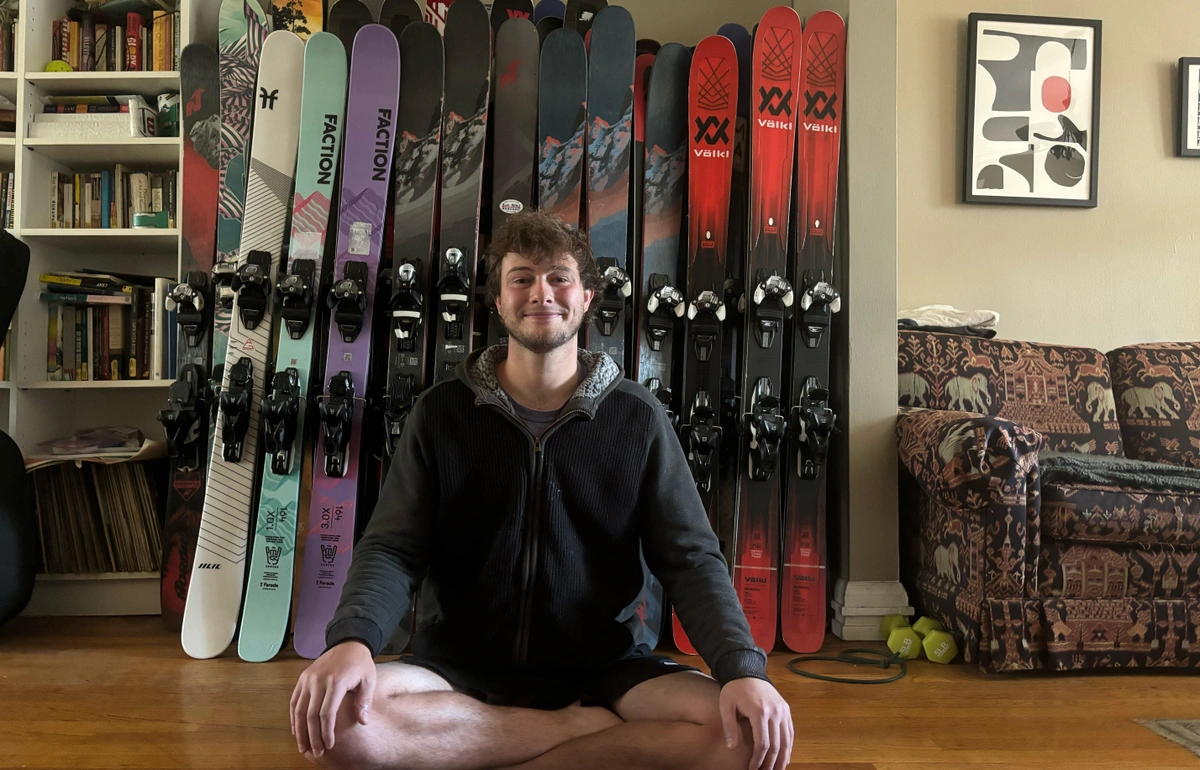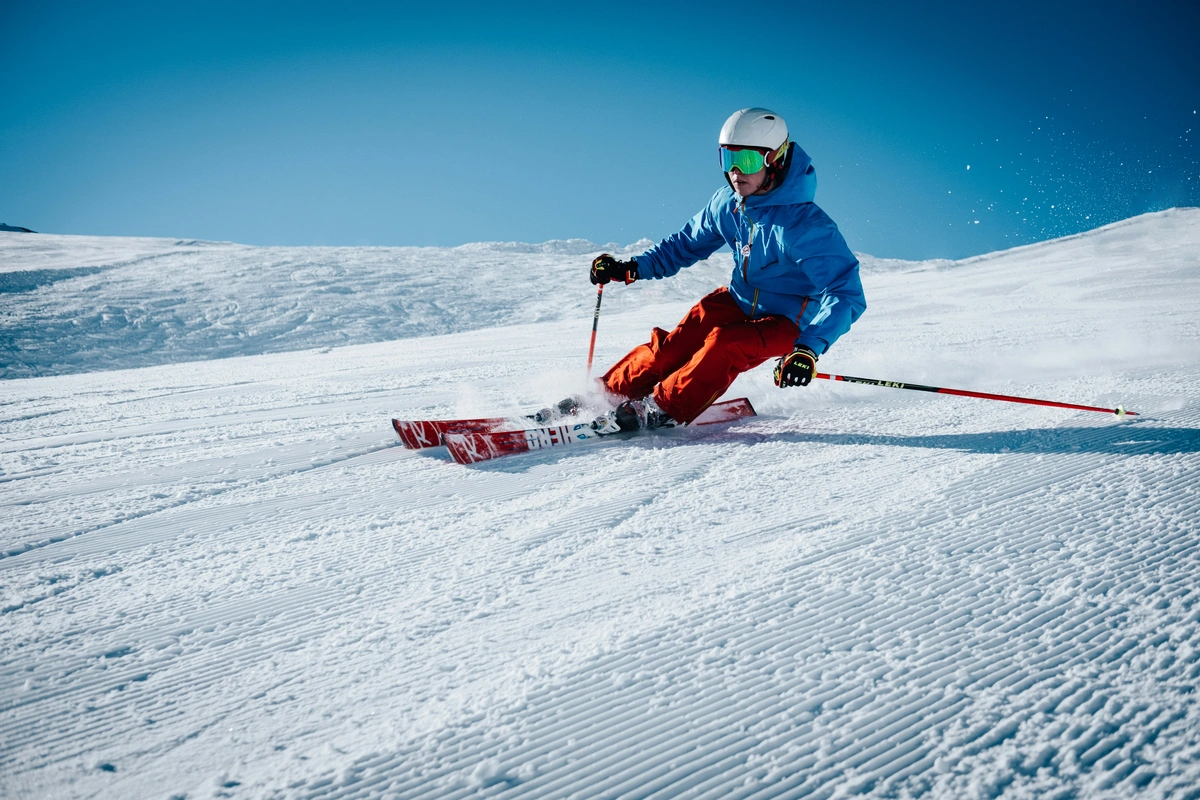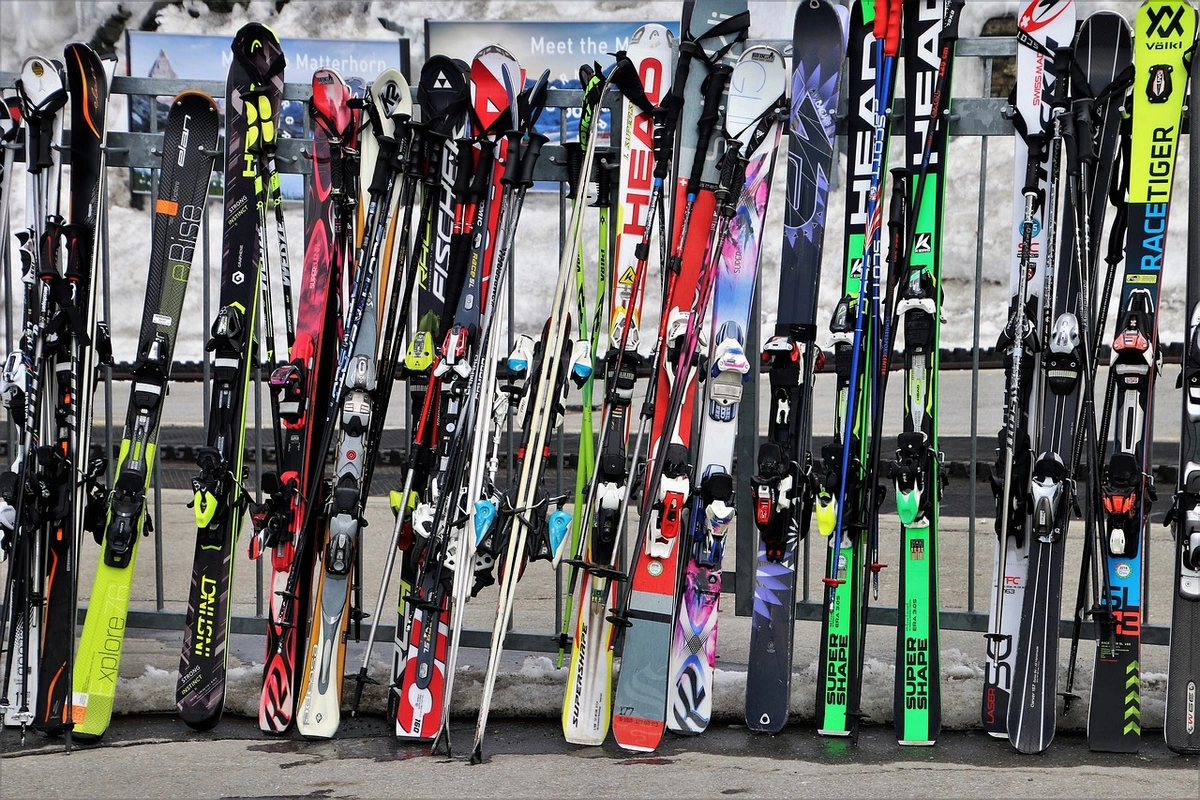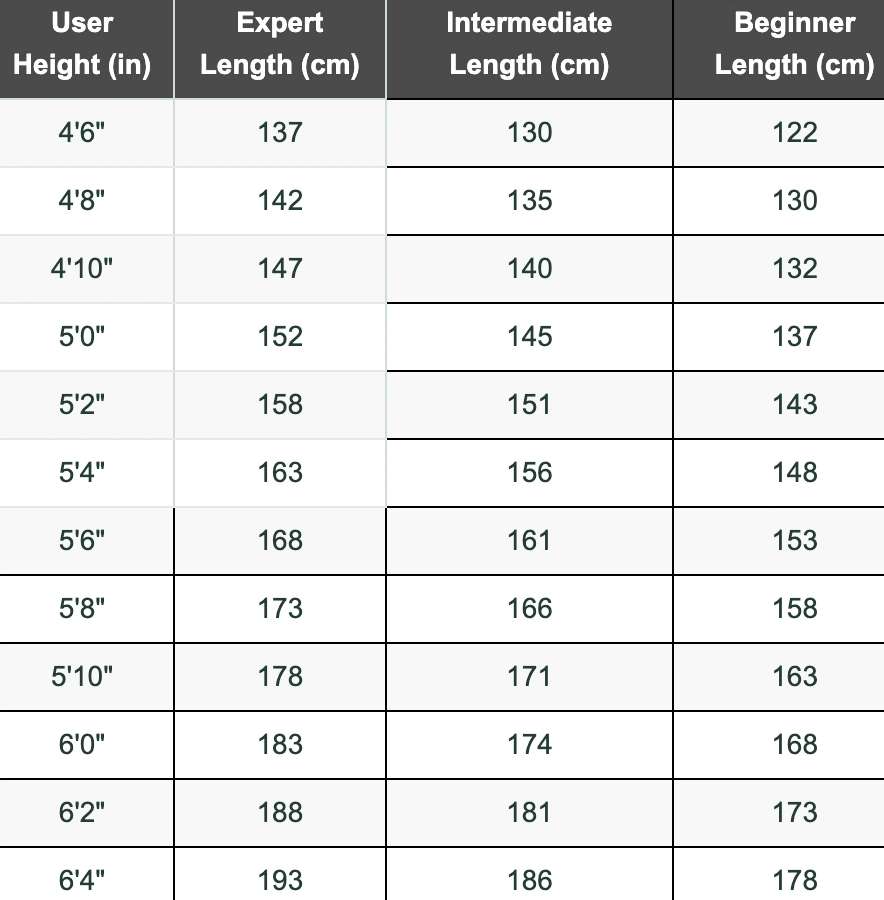Popular Skis
See more Popular Skis
Blizzard Black Pearl 88
8 Available

Rossignol Hero FIS GS Pro
76 Available

Atomic Redster FIS GS
30 Available

HEAD Pure Joy
11 Available

Elan Snow
20 Available

Blizzard Black Pearl 82
13 Available

HEAD Easy Joy
7 Available

Elan ELEMENT
21 Available

Liberty Genesis 90
4 Available

K2 Mindbender
16 Available

HEAD Absolut Joy
9 Available

Black Crows Atris Birdie
2 Available

Elan Black Magic
2 Available

Blizzard Black Pearl 97
3 Available

Kastle DX 85
2 Available

Liberty genesis 96
5 Available

HEAD Kore 103
3 Available

Line Pandora 84
2 Available

Fischer RC One 82 GT
23 Available

Nordica Santa Ana 104
6 Available

Rossignol Black Ops
4 Available

Rossignol Black Ops Rallybird
1 Available

Blizzard black pearl
4 Available

Volkl Blaze 94 W
1 Available

Blizzard Cheyenne
2 Available

Volkl Flair
4 Available

Volkl Kenja 88
3 Available

HEAD Kore 87
10 Available

HEAD Kore 97
3 Available

Stockli Laser MX
1 Available

K2 Mindbender 89 ti
2 Available

Fischer My Pro MT 80
1 Available

HEAD Power Joy
2 Available

Faction Prodigy
11 Available

K2 reckoner
5 Available
Shop by Type
All Mountain SkisAll Mountain & CarvingBig Mountain & Powder SkisBig Mountain & PowderRacing SkisRacingPark & Pipe SkisPark & Pipe
140 Results
NEW HEAD Joy Absolut Joy Women's Ski 153cm set with adjustable bindings
$359$39910%
Retail price: $799
New 2022 Women's Rossignol 162 cm Powder Black Ops Rallybird Skis Without Bindings
$369
Retail price: $699NEW 2024 Elan skis Snow black Skis women's + EL9.0 Bindings size adjustable 158cm
$341
Retail price: $499NEW 2024 Elan skis Snow black Skis women's + EL9.0 Bindings size adjustable 146cm
$289
Retail price: $499New 2022 Women's All Mountain 152 cm Blizzard Black Pearl 82 Skis Without Bindings
$399
Retail price: $649Women's 2019 Blizzard 166 cm All Mountain Black Pearl Skis w/ Salomon Bindings (Brand New) 2 pr
$300
Retail price: $1,100Related Articles

The Ski Ambassador: How One SidelineSwap Seller Turned His Passion Into Profit
This month, we check in with SkiAmbassador, aka Ben Goodman. Since 2022, Ben has sold 450 pairs of skis out of his 1000-sq-ft Denver apartment.

Choosing Skis Based on Your Ability
Your skill level is a crucial factor in selecting the perfect pair of skis. The right ski can boost your confidence and enjoyment, while the wrong one can hinder your progress.

What Type of Skis Do You Need?
Choosing the right skis can dramatically enhance your on-mountain experience. Let's break down what to consider when selecting your ideal skis.































